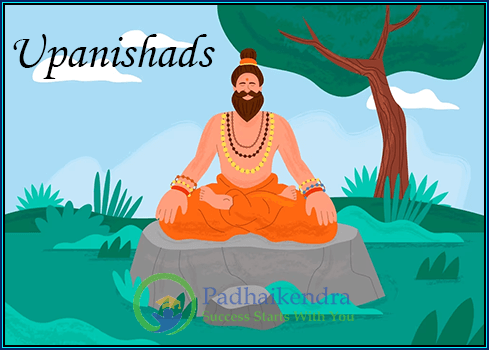Meaning of the term Upanishads used during Vedic Period
The term “Upanishads” refers to a collection of ancient Hindu texts that are considered to be one of the most important sources of Hindu philosophy and spirituality. The Upanishads are associated with the Vedic Period, which spanned from roughly 1500 BCE to 500 BCE.
The Upanishads are considered to be a part of the Vedas, which were a collection of religious texts that were composed during the Vedic Period. The Upanishads represent a philosophical and spiritual continuation of the Vedic tradition and are concerned with exploring the nature of reality, the self, and the ultimate goal of human existence.
The word “Upanishad” itself means “sitting down near,” and this reflects the fact that these texts were traditionally studied and discussed by students who sat at the feet of a teacher, in a setting of close personal interaction and guidance.
The Upanishads discuss a wide range of philosophical and spiritual topics, including the nature of Brahman (the ultimate reality), the relationship between the individual self (Atman) and Brahman, the path to liberation (moksha), and the nature of existence and consciousness. They are revered as a profound and insightful source of spiritual wisdom and have had a profound influence on Hindu philosophy and spirituality, as well as on Indian culture and society as a whole.

